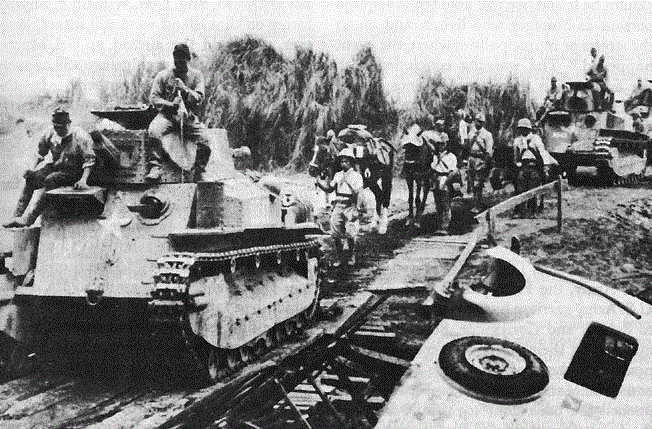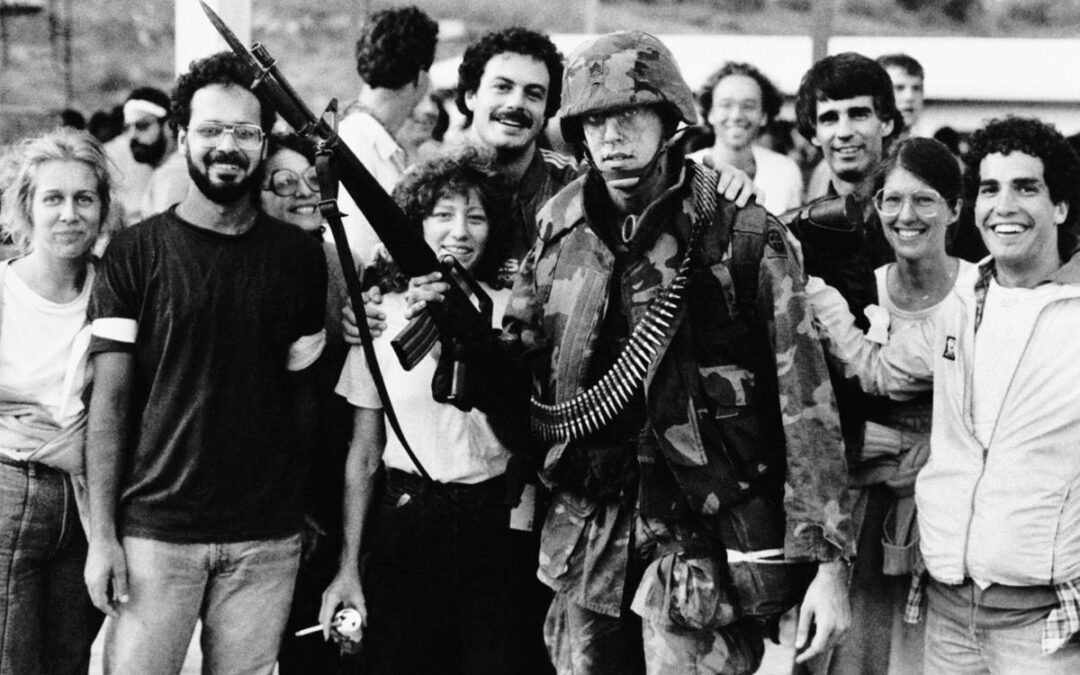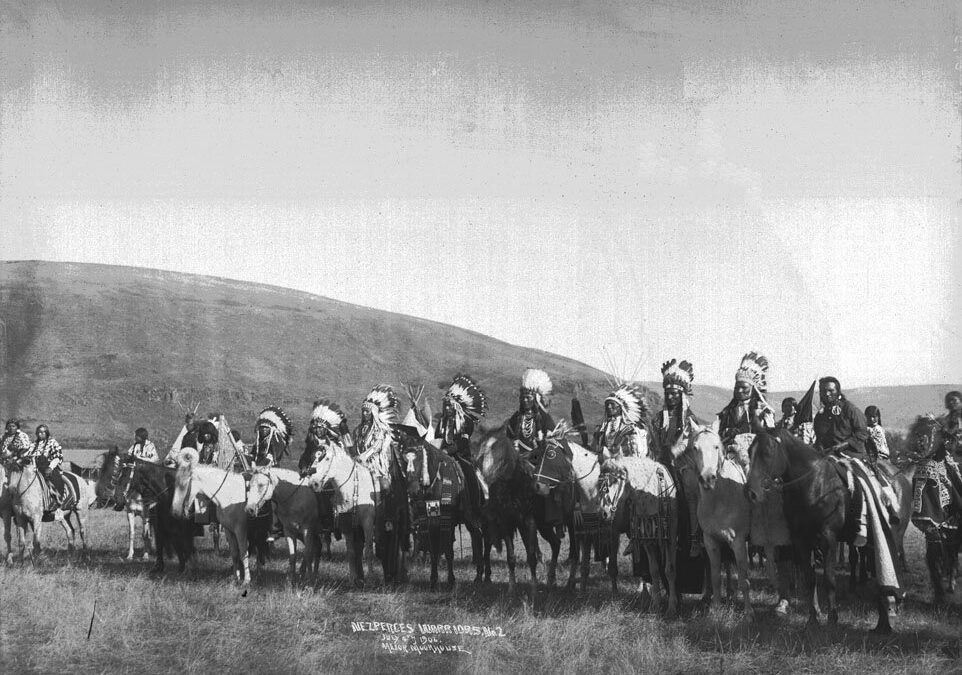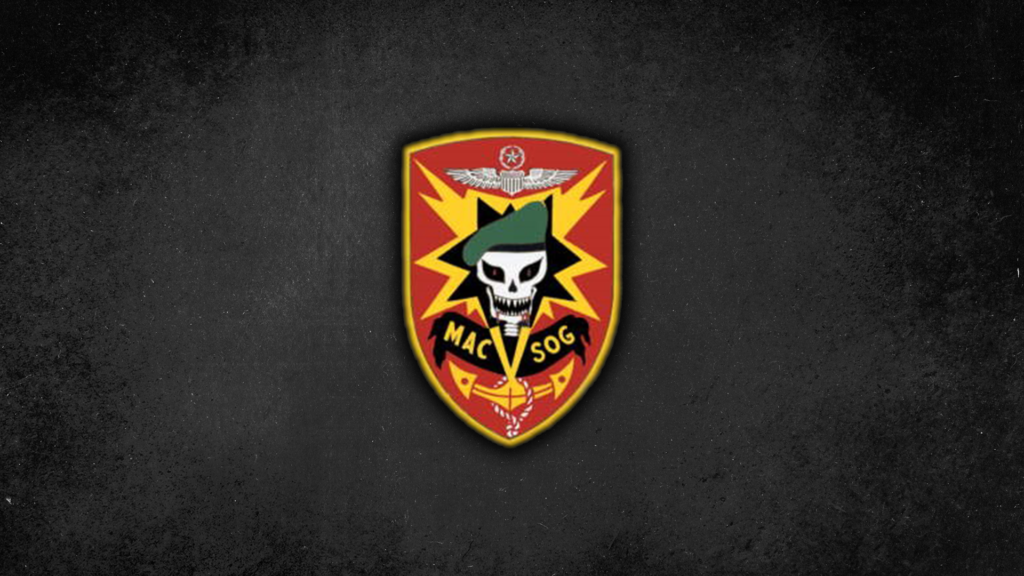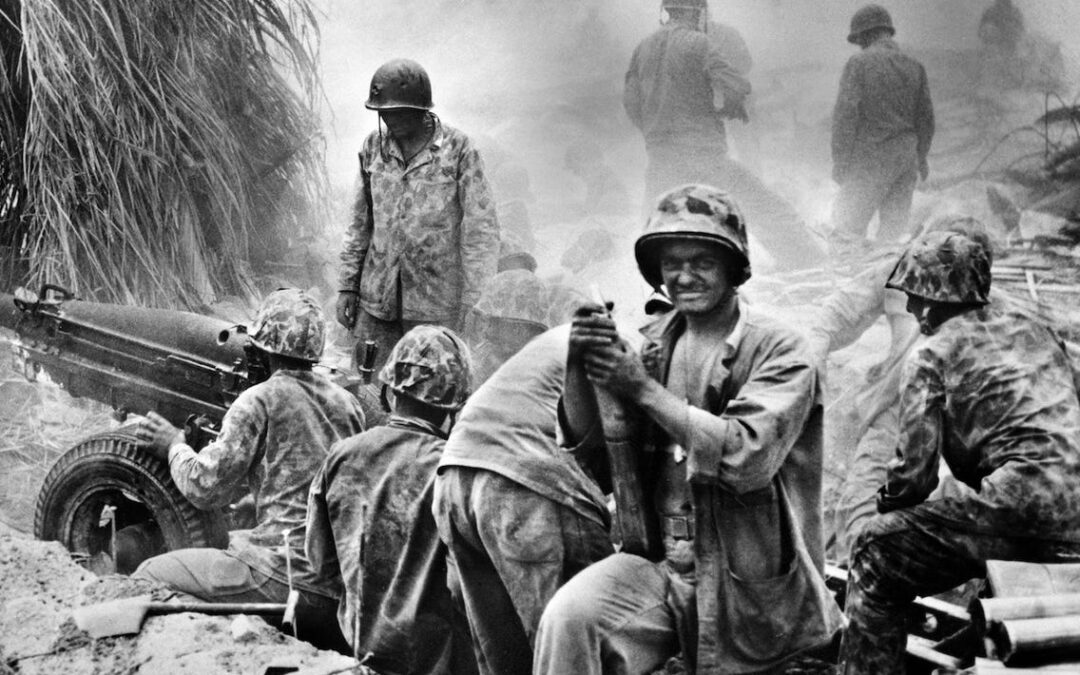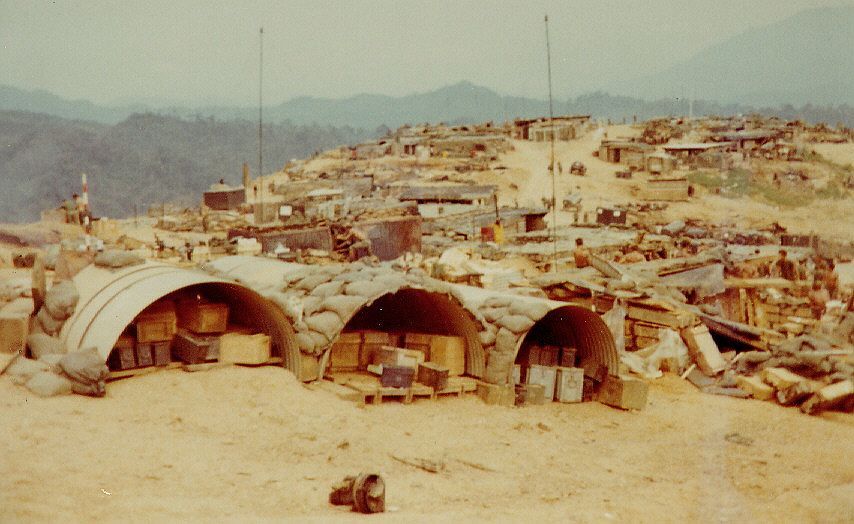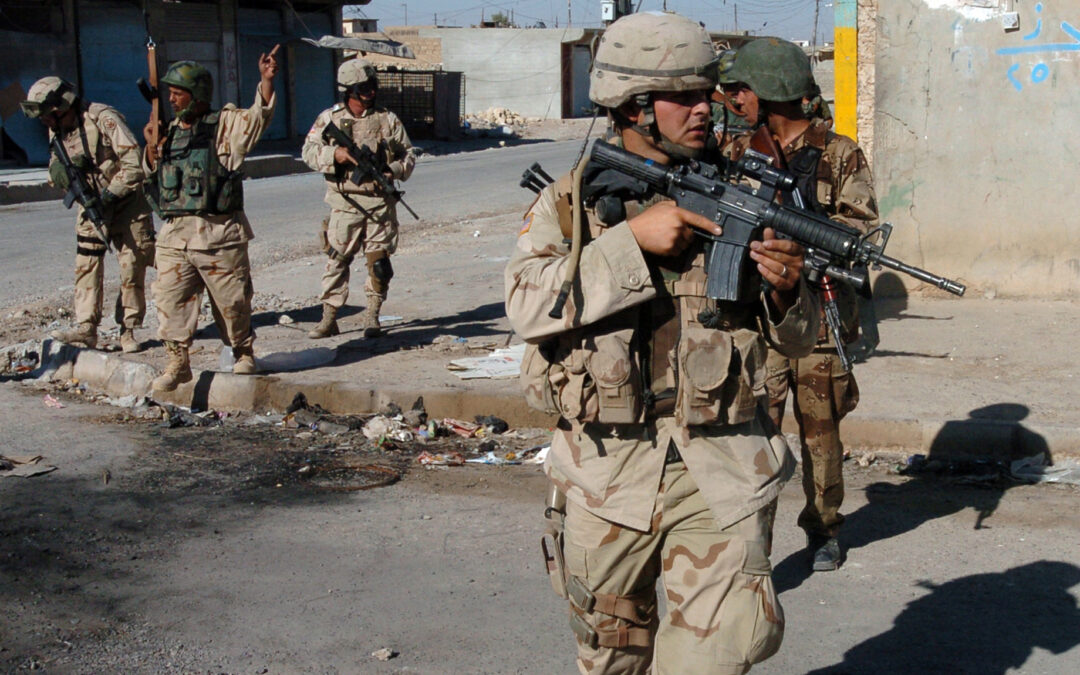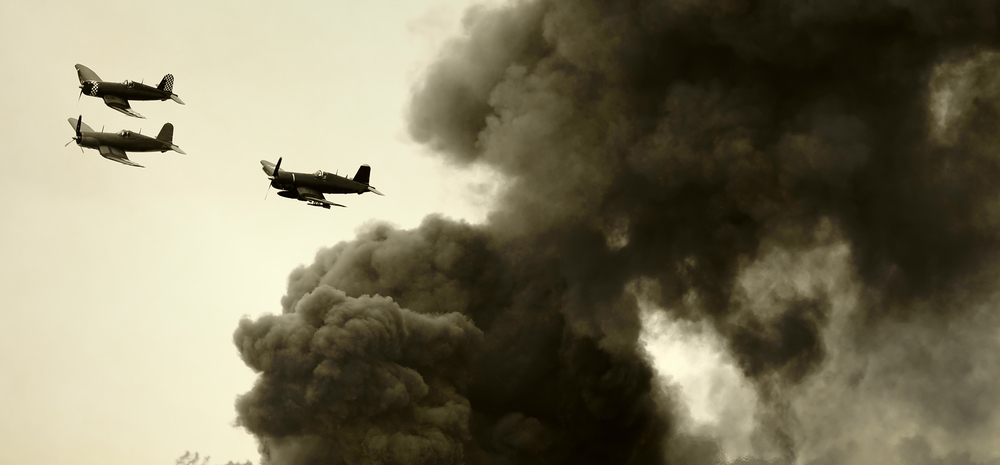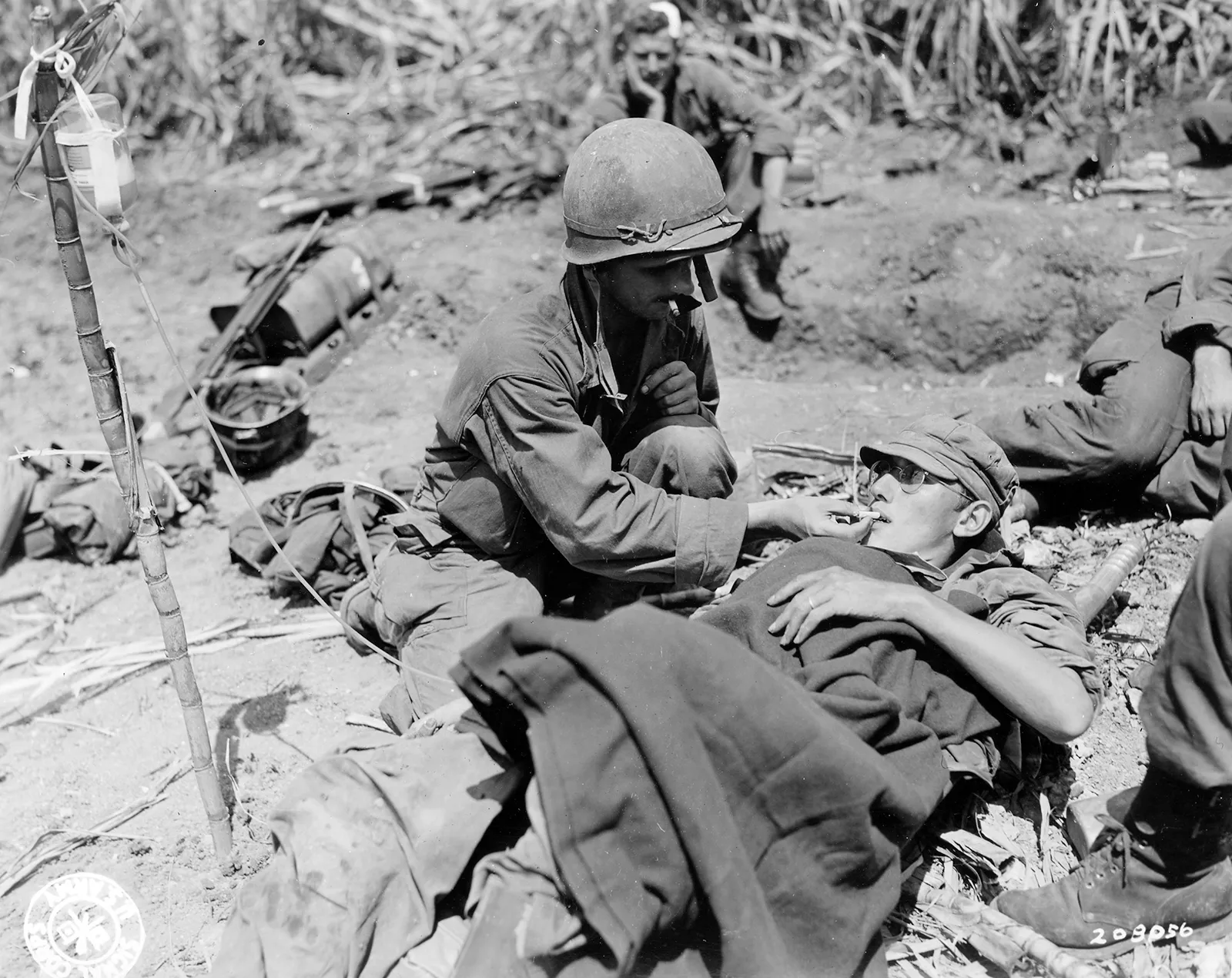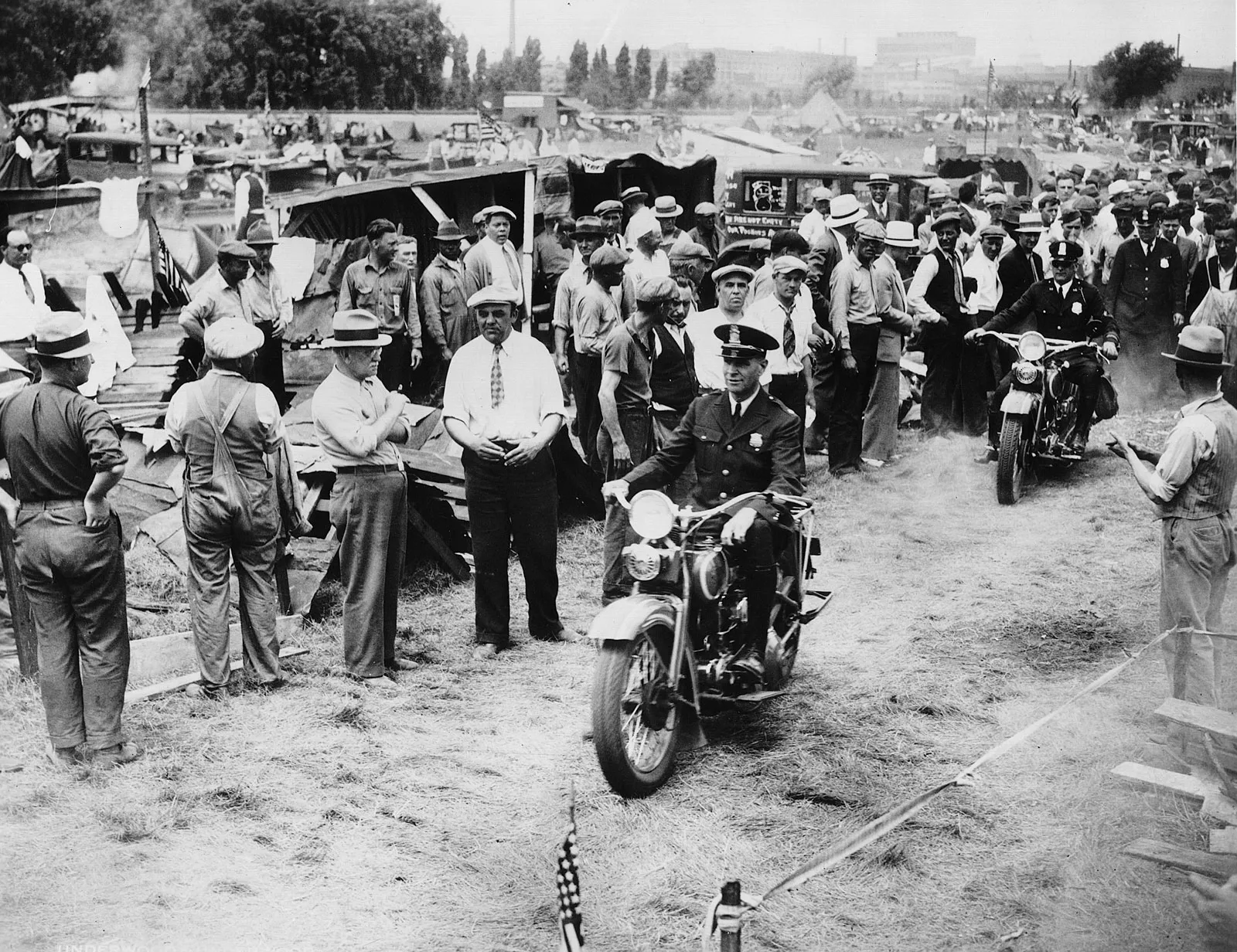The first full year of World War II was a hard-fought one for the Allies in the Pacific Theater. In 1942, Thailand, the Philippines, Guam, Wake Island, Malaya, Singapore, Hong Kong, and more were in Japanese hands, as were tens of thousands of American, Australian, and British prisoners of war. In January of that year, Rabaul fell to the Japanese, alarming Australians as Imperial Japan advanced on Papua New Guinea. Buna Gona Forces Japan to Halt Its Advance The enemy reached the heights overlooking Port Moresby, New Guinea's largest city, but advanced no further. American landings on Guadalcanal and the threat of an Allied assault on the other end of New Guinea forced the Japanese to make some hard decisions. American and Australian forces had checked the overland thrust across the Owen Stanley Range on the Kokoda Track by late September 1942, then turned the Japanese around at Ioribaiwa and chased them back through Isurava and over the jungle-sawtooth ridges to the Papuan north...

